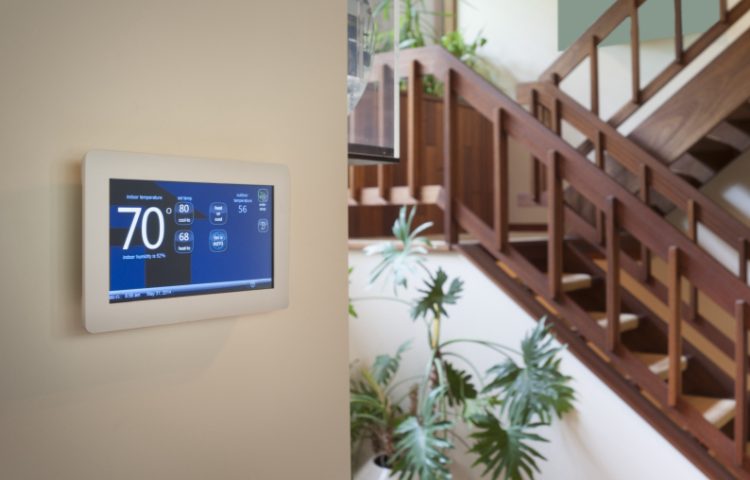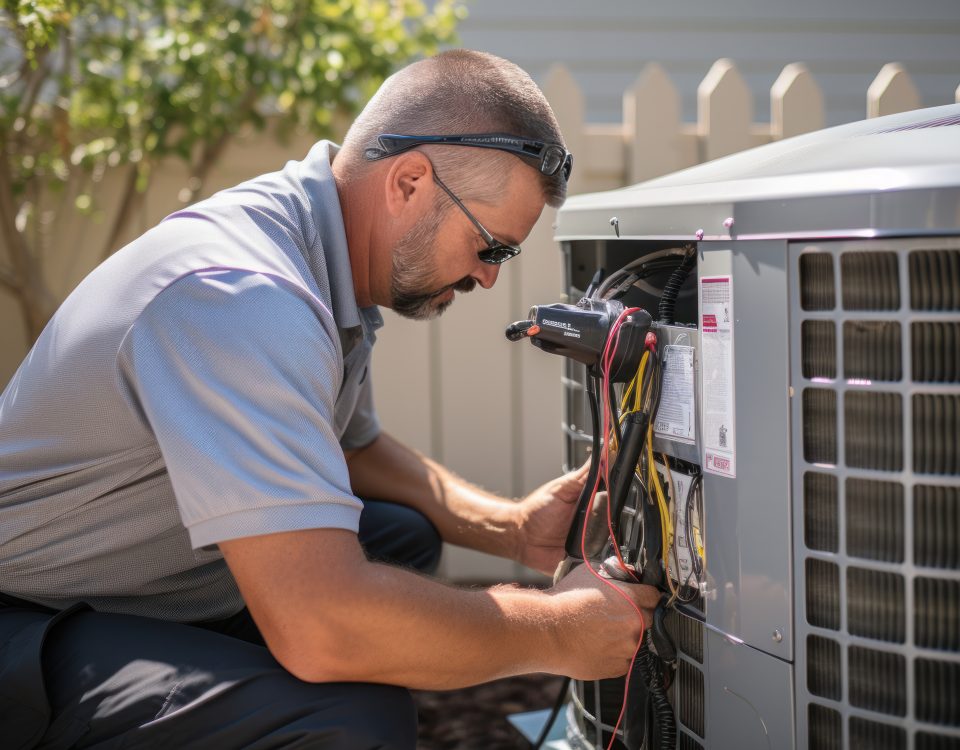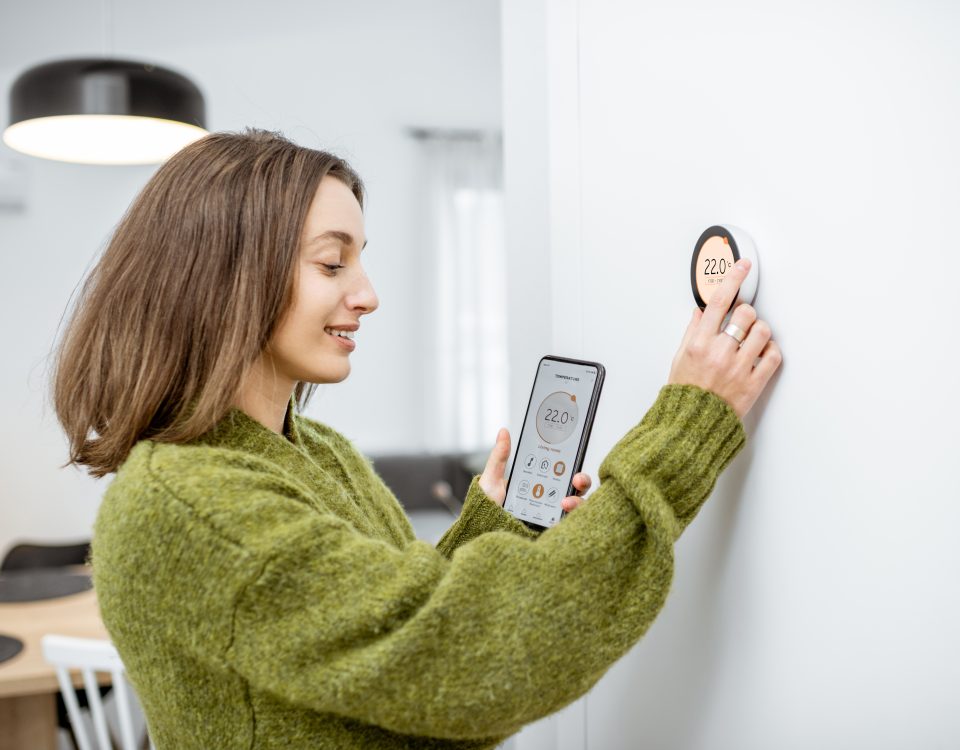What Is the Ideal Temperature for a House in Every Season?
Do you feel like you’re always agitating over the thermostat? Do you feel too cold in the morning, and too hot in the afternoon? Do you sometimes even wake up in the middle of the night, sweating or shivering?
Finding the right temperature at the right time of day in your home can take years of experimenting.
We have put together the ideal home temperature guide that will help you make an educated decision keeping your family comfortable all year long while conserving energy.
What Is the Ideal Temperature for a House?
Everyone has a different idea about the recommended house temperature. When you’re away from home, the suggested thermostat temperature in winter is somewhere between 62 and 66 °F. In reality, the average range is anywhere between 68 and 76 degrees Fahrenheit. The ideal room temperature will vary according to season, activity, and the area of your home.
During winter time, the standard temperature is around 70 degrees Fahrenheit. In the summer, some prefer to keep their home cooler at around 68 degrees Fahrenheit. You’ll also want to consider what area of your home is used most and what temperature would be comfortable in that setting.
For example, if your bedrooms are located on the top floor and you have only one thermostat to regulate the temperature of the entire house, you’ll want to keep your thermostat at a lower temperature (65 to 68 degrees) so you don’t overheat the bedrooms.
What Temperature Should You Set for Winters?
The average thermostat setting for winter is going to be much higher than any thermostat setting in the summer. The recommended thermostat setting during winter depends on the time of day, and whether you are at home or not.
The ideal healthy home temperature should be no higher than 20 degrees Celsius or 68 degrees Fahrenheit. When you’re at home during the day, you’ll be quite comfortable at this temperature.
When you’re away from home, the suggested thermostat temperature in winter is between 17 and 19 °C or 62 and 66 °F.
However, you should make sure not to turn down your thermostat too low. If your thermostat goes any lower than 17 °C or 62 °F, it could result in your water pipes freezing, leading to costly repairs.
What Temperature Should You Set in the Summer?
For summer, Direct Energy recommends that the ideal thermostat temperature should be 78 degrees Fahrenheit or 25 degree Celsius when you’re at home.
You should set the daytime temperature no lower than 78 degrees F (26 degrees C). This can save you 12 % in energy dollars compared to setting your thermostat to 74 degrees F (23 degrees C).
What’s the Best Room Temperature for Sleeping in Summer?
Saving energy costs while you sleep in the summer is tricky because a lot of people find it difficult to fall asleep in a hot room.
Make sure the temperature where you sleep is on the cool side before you close your eyes at night. This will help your chances of getting a healthy and uninterrupted amount of sleep every night.
Ideally, your room temperature should be somewhere between 60 and 67°F (15.6 and 19.4°C) for healthy sleep in summer. Infants and toddlers should also be able to sleep in these temperatures with the proper sleep attire.
Best Room Temperature for Sleeping in Winter?
You should bring down the temperature back as low as 62 degrees before getting ready for bed. Wearing warm pajamas and a thick comforter will keep you cozy and warm while lowering overnight energy costs. Don’t forget to program your thermostat to resume 68 degrees right before your alarm goes off in the morning.
What Is the Best Temperature for an Empty House?
Whenever you go away from home for a long period of time, you should adjust the temperature to save energy dollars.
You should set the temperature around 50 to 60 degrees Fahrenheit for an empty house. But why? Because it will help prevent your water pipes from freezing and lower your energy bills.
Majority of the time, bringing down the thermostat to 50 °F to save some heating bill is fine. You don’t have to set your thermostat too high if your plumbing runs within the interior walls.
Whereas, if you have pipes in the exterior walls of your house, you should set the thermostat higher, between 55 ℉ or 60 ℉, to warm the house and keep your pipes in the wall above the freezing temperature.
—
When in doubt about setting your thermostat temperature, trust the advice from your local heating and cooling experts at Crystal. Contact us today and we will happy to help you install a programmable thermostat in your home to keep your family comfortable all year long.






